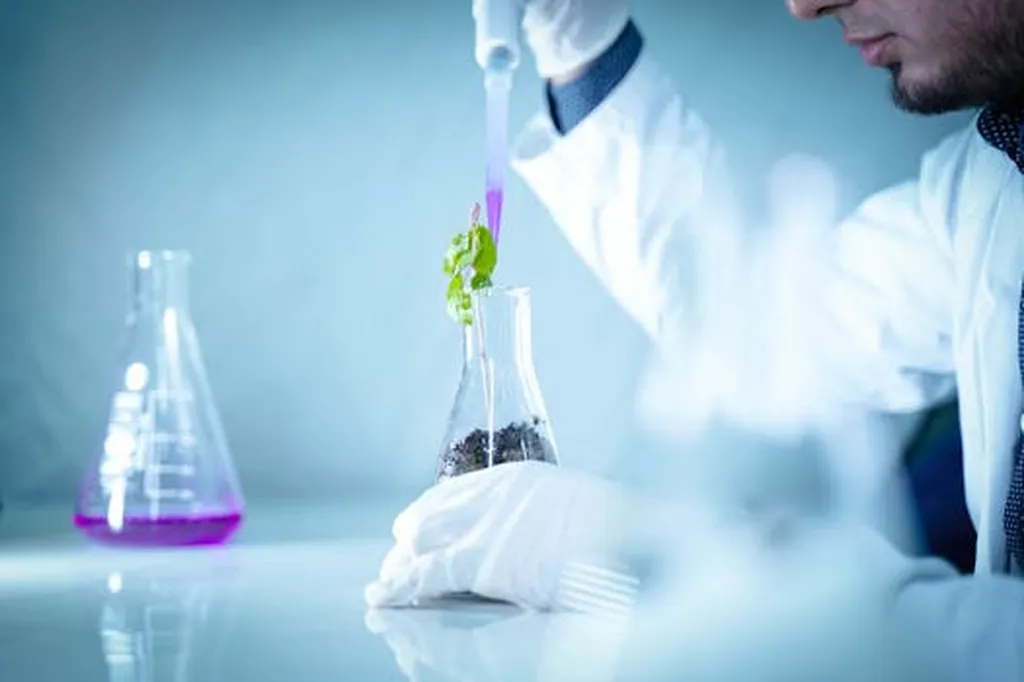In the heart of South Korea, researchers are pioneering a method that could revolutionize how we manage soil nutrients, with significant implications for agriculture and the energy sector. Su Kyeong Shin, a scientist at Chungbuk National University, is leading the charge, exploring how visible-near-infrared (Vis-NIR) spectroscopy, combined with machine learning, can transform soil analysis.
Traditional soil testing methods are often time-consuming and labor-intensive, requiring samples to be sent to a lab for analysis. This delay can hinder real-time decision-making, which is crucial for maintaining optimal soil health and crop yields. “Vis-NIR spectroscopy offers a non-destructive and rapid alternative,” Shin explains. “It’s a game-changer for precision agriculture, enabling us to monitor soil properties in real-time.”
The Vis-NIR spectroscopy method shines light on soil samples and measures the reflected light. Different soil properties absorb and reflect light differently, creating unique spectral signatures. However, these signatures can be affected by various artifacts and complex variables. To address this, Shin and her team employ machine learning algorithms, such as partial least-squares regression (PLSR) and support vector machine regression (SVMR), to enhance estimation accuracy.
The potential applications of this technology extend beyond agriculture. In the energy sector, understanding soil properties is crucial for bioenergy production, carbon sequestration, and sustainable land management. Real-time soil analysis could optimize these processes, making them more efficient and environmentally friendly.
Shin’s work, published in the journal ‘Sensors’ (translated from Korean as ‘传感器’), highlights the importance of spectral preprocessing and machine learning algorithms in improving the accuracy of soil property predictions. “By developing appropriate preprocessing strategies, we can identify and mitigate artifacts in the spectral data,” Shin says. “This allows us to capture complex patterns and make more accurate predictions.”
The research suggests that Vis-NIR spectroscopy combined with machine learning could enable more efficient and site-specific nutrient management. This could lead to sustainable agricultural practices and improved land management strategies, benefiting both farmers and the environment.
As we look to the future, this technology could play a pivotal role in addressing global food security and energy challenges. By providing real-time, accurate soil analysis, we can make informed decisions that promote sustainable practices and optimize resource use. The work of Su Kyeong Shin and her team is a testament to the power of innovation in driving progress towards a more sustainable future.

